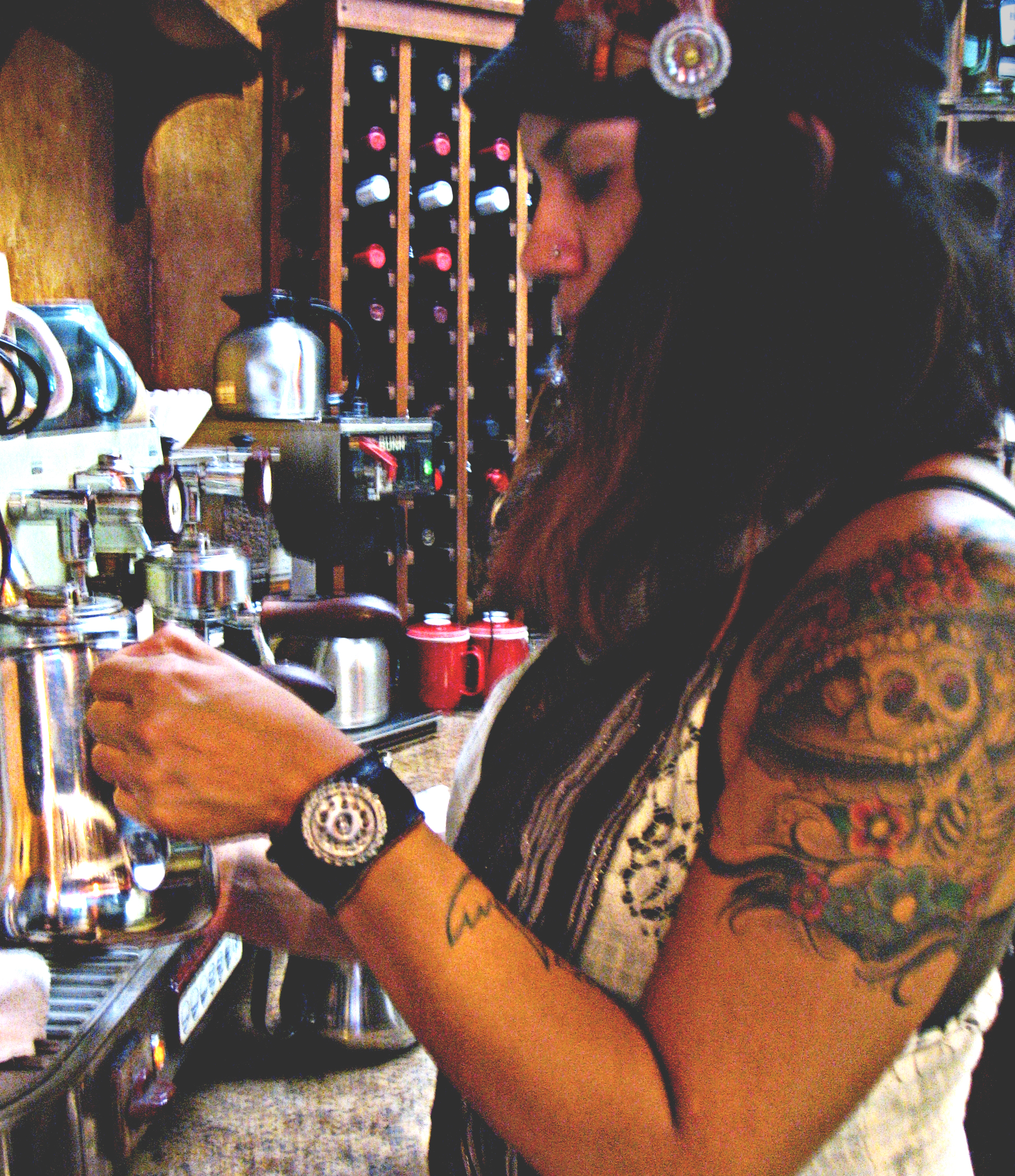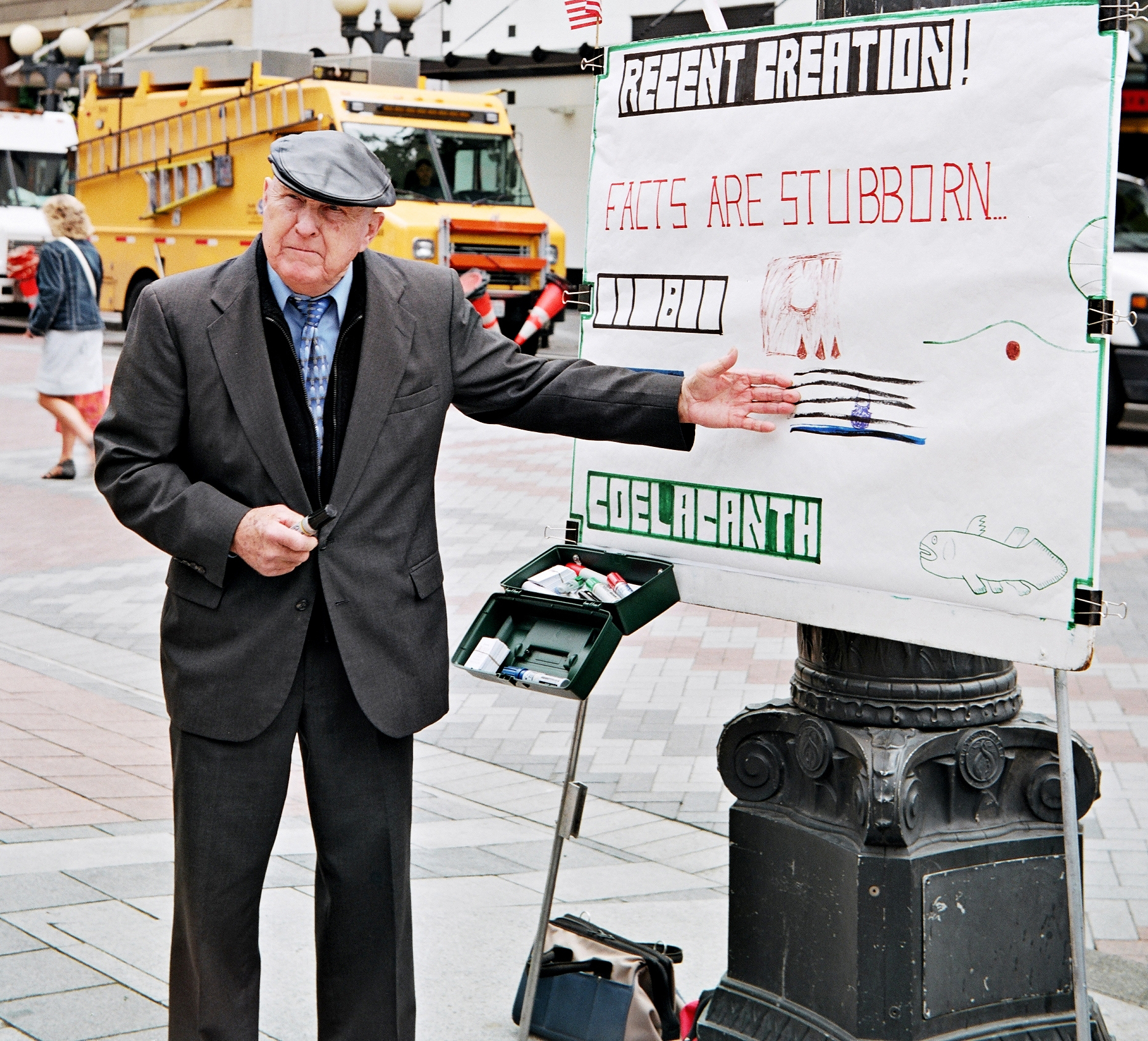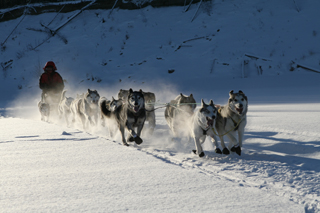
This image is an example of the importance of seizing the opportunity, not being bashful, and connecting with your subject. On a day with our daughter in Denver, we stopped for coffee in a quaint neighborhood south of the Denver Art Museum. My wife’s caffeine levels were dangerously low, and a small coffeeshop caught our eyes. A cozy place, it was filled with retired couples reading papers, yuppies in jeans absorbed in laptops, and students doing homework.
The most interesting feature, however, was the barista – a young Latina woman with silky black hair and a fascinating array of tattoos whose patterns linked her with her Aztec ancestors. After she served us with rich, flavorful coffee – obviously from a local specialty roastery – I complimented her on her tattoos and asked if I could photograph her. She kindly assented, and I slid in beside her as she prepared the next brew, catching her against the backdrop of the espresso machine and the wine rack.
This image was taken at f/2.8 and 35mm equivalent focal length on my Canon digital camera, which was all that I had with me at the moment. With the low light and close quarters, this shot would have been difficult with a vintage Bessa or Ensign, with a 50mm equivalent lens, a maximum aperture of f/3.8 (remember the limiting effect of the shutter mechanism around the lens), and the inability to change film speeds. The image still suffers slightly in sharpness due to the slow shutter speed I was forced to use under these challenging conditions, but it is a good example of what one can capture if one is always ready.






